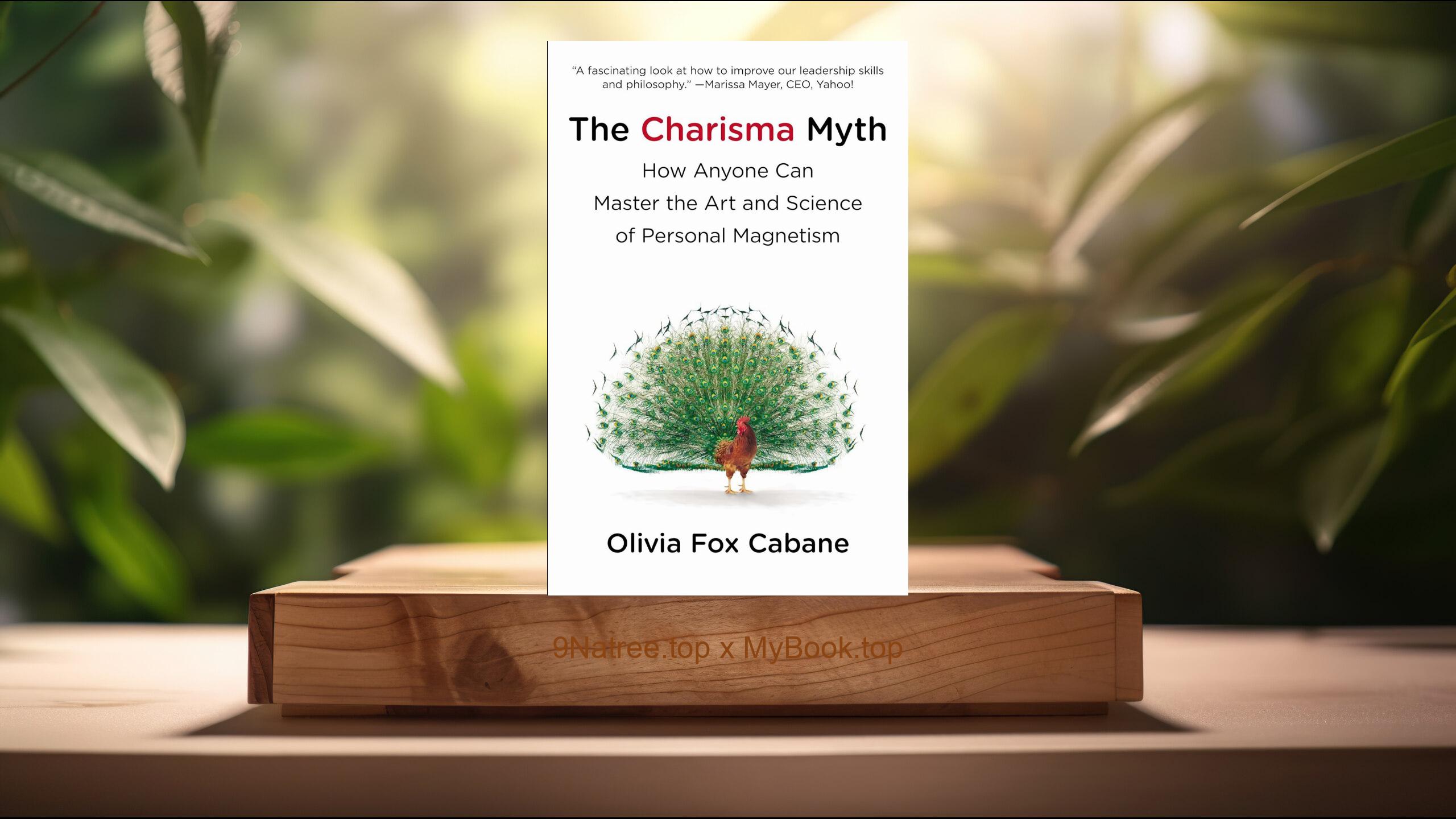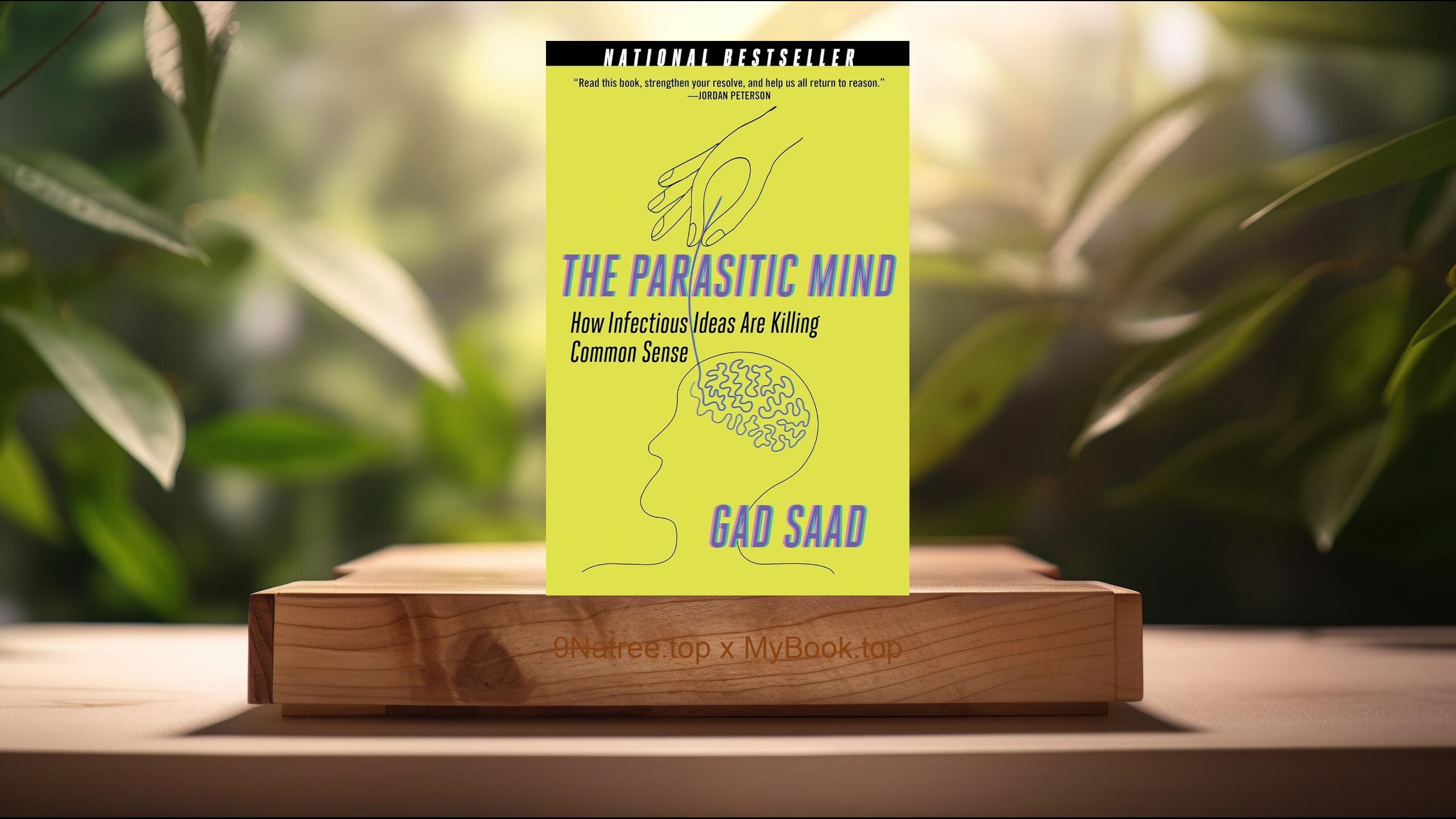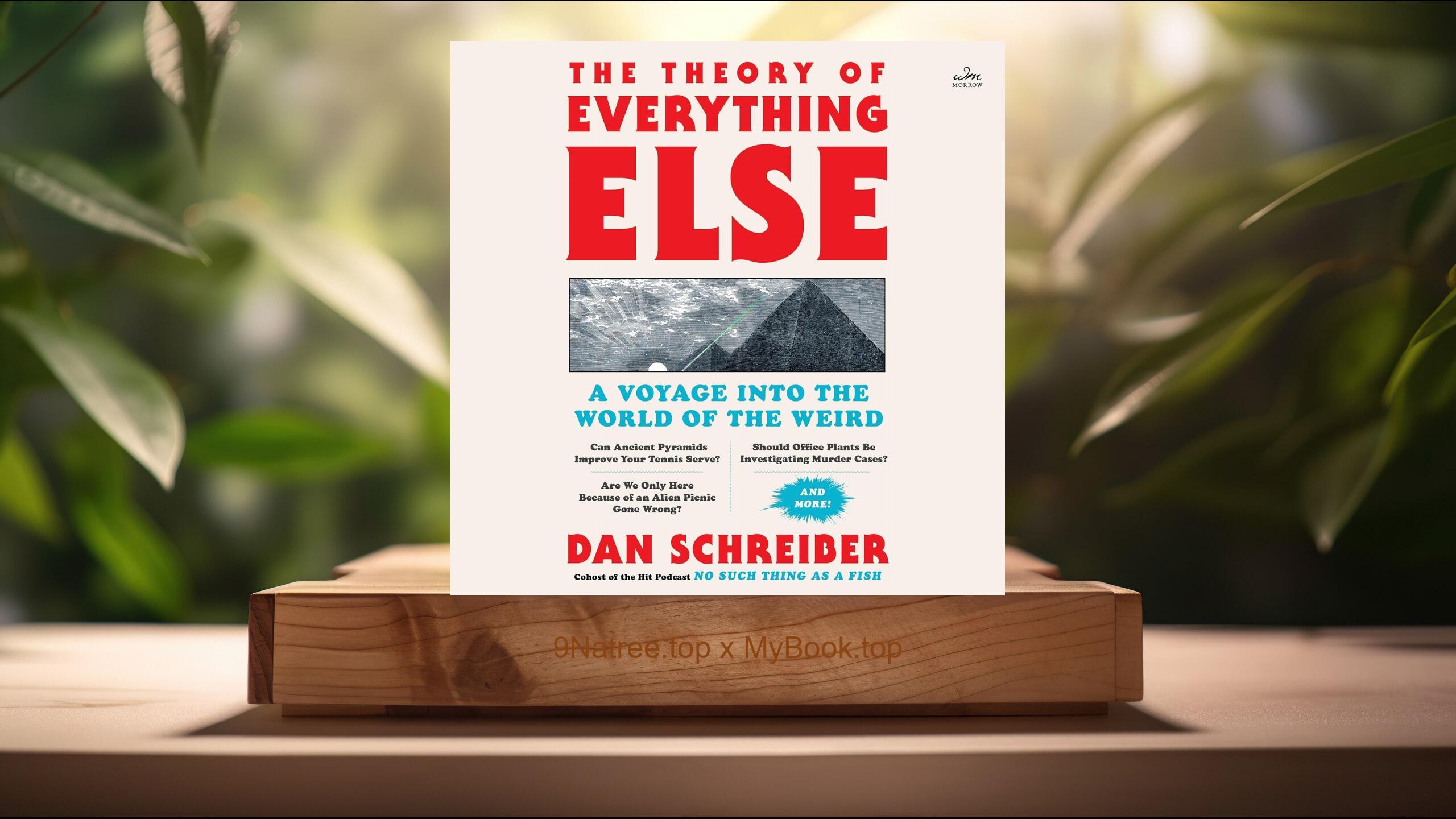Show Notes
Buy on Amazon: https://www.amazon.com/dp/B084JH33ZD?tag=9natree-20
Read more: https://mybook.top/read/B084JH33ZD/
#HighlySensitivePerson #ToxicRelationships #Narcissism #SettingBoundaries #EmotionalHealing #ManipulationTactics #SelfEmpowerment #TheHighlySensitivePersonsGuidetoDealingwithToxicPeople
These are takeaways from this book.
Firstly, Understanding High Sensitivity, High sensitivity is a personality trait characterized by deep processing of sensory information, emotional intensity, and empathy. Arabi begins by contextualizing what it means to be a highly sensitive person and how this trait impacts interactions in daily life. This segment of the book ensures readers understand the blessing and curse of high sensitivity — while it allows for rich internal life and strong empathic connections, it also leaves individuals more vulnerable to manipulation and emotional exhaustion from toxic people. Strategies for honoring one’s sensitivity while safeguarding well-being form a core part of this discussion.
Secondly, Identifying Toxic People, Recognizing toxic individuals isn't always straightforward. Arabi provides readers with clear markers of toxic behavior, differentiating between those who might be going through a rough patch and genuinely manipulative individuals. This section delves into various personas of manipulators, including narcissists, and how they operate to exert control over others. Readers learn to spot red flags and understand the psychological underpinnings of toxic behavior, enabling them to make informed decisions about who they allow into their personal space.
Thirdly, Setting Boundaries, One of the most empowering actions a highly sensitive person can take is establishing firm boundaries. Arabi illustrates the significance of boundaries in preserving one's energy and mental health. This chapter walks readers through the steps of setting, communicating, and maintaining boundaries, even in the face of resistance. Additionally, Arabi discusses the nuanced dynamics of boundary-setting with individuals who have historically overstepped them, providing readers with practical techniques for staying firm in their resolve.
Fourthly, Healing from Toxic Relationships, Recovery from the emotional toll of toxic relationships is crucial for reclaiming power and peace. Shahida Arabi dedicates an essential part of her book to healing strategies tailored for the highly sensitive individual. This involves recognizing trauma bonds, processing grief, and rebuilding self-esteem eroded by manipulation. Arabi's empathetic guidance encourages readers to embark on a journey of self-discovery and healing, stressing the importance of self-care and professional help when needed.
Lastly, Reclaiming Power and Moving Forward, The final part of the book focuses on transformative growth beyond the toxicity. Arabi inspires readers to reclaim their power, not through retaliation, but through cultivating resilience, self-love, and positive relationships. Strategies include redirecting focus from the manipulator to personal development, fostering connections with supportive individuals, and engaging in activities that promote emotional and spiritual growth. Arabi’s message is clear: it’s possible to emerge stronger, more self-aware, and empowered from experiences with toxic people.
In conclusion, Shahida Arabi’s 'The Highly Sensitive Person's Guide to Dealing with Toxic People' is a must-read for anyone who identifies as highly sensitive and feels continuously impacted by the toxic behaviors of others. By laying down comprehensive strategies for recognition, boundary-setting, healing, and empowerment, Arabi equips readers with the tools necessary for safeguarding their emotional health and reclaiming their power. This book stands as a beacon of hope and a roadmap for personal liberation and transformation, underlining that with the right resources and self-awareness, overcoming manipulation and thriving post-toxic relationships is wholly attainable.
![[Review] The Highly Sensitive Person's Guide to Dealing with Toxic People (Shahida Arabi MA) Summarized](https://episodes.castos.com/660078c6833215-59505987/images/1716455/c1a-085k3-2og703rmskr0-lhdtyl.jpg)




